|
Who would have thought that we have actual royalty here within the historic confines of Frederick’s Mount Olivet Cemetery. A mention of this fact came back in fall of 2015 when cemetery superintendent Ron Pearcey actually published an elongated post on FaceBook under the heading: Interesting and Unknown Residents of Mount Olivet Cemetery. The focal point of the story was a gentleman named Frank Lovell, who was referred to in local newspapers as "King of The Gypsies." Superintendent Pearcey began his article from November 18th, 2015 as follows: “Among the lesser known people buried at Mount Olivet Cemetery is one whose notoriety at one time made him a major person of interest during the mid-1800s up through the early 1900s. He could often be found among a traveling band of gypsies that would camp regularly in, and around, Frederick County. Although there were similar groups throughout the United States, those that came from England were among those who would frequent Frederick County the most. Their culture and heritage has all but disappeared, but gypsies’ life as wanderers goes back very far, and has often been depicted in ancient books and vintage movies.” On April 18th, 1904, the Cumberland (MD) Evening Times included an article that not only reported the passing of Mr. Frank Lovell, but boasted the fact that this same Mr. Lovell was, at the time of his death, the King of his tribe. The Frederick News carried a like obituary in its April 18th issue: Frank Lovell, king of the tribe of Romany gypsies encamped across the Potomac river from Cumberland, MD in West Virginia for several months, died Sunday, April 17 from an illness of only a few days. He was 80 years of age and was well and healthy up to last Friday. He was an unusually large man and presented a fine appearance in his camp. He was born in England and came to this country about 28 years ago. His ancestors, as far back is known, led the wandering life so peculiar to the gypsy. He leaves a widow and 10 children, 8 of whom are with other tribes. A brother Chizadine (Hezekiah) Lovell, chief of a large tribe located near Chicago, also survives him. He has been notified. A daughter of the family is very low with pneumonia at the camp and is not expected to live. One of the most pitiful survivors is the old wife of Lovell, to whom he was married in England when both were quite young. She is about 76 years of age. The remains will be taken to Frederick for interment, where the tribe buries its dead. Lovell was a member of the Protestant Episcopal Church in England and funeral services will be conducted from the Protestant Episcopal Church in Frederick. He will be buried in Mount Olivet Cemetery. The camp of the tribe in West Virginia is mourning on account of the death of their king. A piece of black rope hangs at the entrance of the tent in which the body rest on a black couch, clad in the finery so peculiar to the gypsy. Levi Lovell, the gypsy who was murdered by Frank Moro, an Italian in Frostburg, about three years ago, was a member of the same tribe. And in case you were curious as to the death of Levi Lovell, a man also known to Frederick residents... This killing of cousin Levi was one of many life incidents that Frank Lovell had to navigate his family through. The Frederick newspaper carried the same story about Frank's death as did the Cumberland paper, on April 18th. I found the story in other papers around the country, with the novelty being Lovell's "royal" status over a misunderstood people that were generally mistrusted and "shared" (or Cher-ed) the labeled as tramps and thieves. One day later, April 19th, 1904, the Frederick News included the following announcement: The Romani Now, before we get into the life and burial of Frank Lovell, I’d like to explain the term “gypsy,” and the term “gypsy king” in context to the time period we are talking about. Gypsy, as it was used at the time of Frank Lovell’s death, was a slang term used to describe people of Romani heritage (also spelled Romany). They traveled in packs, and were nomadic, in a way we see carnival workers of today. These newcomers to town were known for fortune telling, taking on all sorts of odd jobs, but also were thought by some as hucksters and pickpockets. It is estimated that there are one million Romani people in the United States today, though this population has assimilated into American society with the largest known concentrations being found in Southern California, the Pacific Northwest, Texas and the Northeast as well as in cities such as Chicago and St. Louis. The Romani were different from other Europeans ethnically and genealogically, and began settling in America in the mid-19th century. 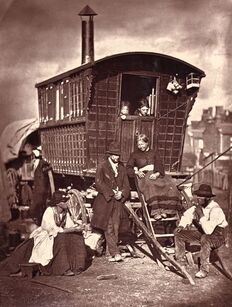 The largest wave of Romani immigrants came after the abolition of Romani slavery in Romania in 1864. Romani immigration to the United States has continued at a steady rate ever since. The size of the Romani American population and the absence of a historical and cultural presence, such as the Romani have in Europe, make Americans largely unaware of the existence of the Romani as a people. The term's lack of significance within the United States prevents many Romani from using the term around non-Romani: identifying themselves by nationality rather than heritage. The U.S. Census does not distinguish Romani as a group since it is neither a nationality nor a religion. The Romani people originate from Northern India, presumably from the northwestern Indian states of Rajasthan and Punjab. Linguistic evidence has indisputably shown that roots of Romani language lie in India. Genetic findings in 2012 suggest the Romani originated in northwestern India and migrated as a group. According to a genetic study in 2012, the ancestors of present scheduled tribes and scheduled caste populations of northern India, traditionally referred to collectively as the Ḍoma, are the likely ancestral populations of modern European Roma. Romani slaves were first shipped to the Americas with Columbus in 1492. Spain sent Romani slaves to their Louisiana colony between 1762 and 1800. The Romanichal, the first Romani group to arrive in North America in large numbers, moved to America from Britain around 1850. Eastern European Romani, the ancestors of most of the Romani population in the United States today, began immigrating to the United States on a large scale over the latter half of the 19th century, following their liberation from slavery in Romania mentioned earlier. In the case of the Lovell family, or tribe, they hailed from Wales and came here to America in June, 1874. Well, every family can have a leader or patriarch. In the case of the Romani people, this “leadership” position was serious business, resulting in the exultation of said leaders as a kings and queens. I found that Wikipedia has a page description for this: 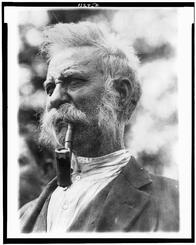 Library of Congress photo taken in 1924 and titled John Lovell, King of the Gypsies. This could be the son of our Frank Lovell who would have been around 58 years old in 1924. Library of Congress photo taken in 1924 and titled John Lovell, King of the Gypsies. This could be the son of our Frank Lovell who would have been around 58 years old in 1924. The title King of the Gypsies has been claimed or given over the centuries to many different people. It is both culturally and geographically specific. It may be inherited, acquired by acclamation or action, or simply claimed. The extent of the power associated with the title varied; it might be limited to a small group in a specific place, or many people over large areas. In some cases the claim was clearly a public-relations exercise. As the term Gypsy is also used in many different ways, the King of the Gypsies may be someone with no connection with the Romani people. In the early 1970s, it was decided, at the First Annual Romani Meeting that the term Gypsy would no-longer be used to describe themselves. It has also been suggested that in places where they were persecuted by local authorities the "King of the Gypsies" is an individual, usually of low standing, who places himself in the risky position of an ad hoc liaison between the Romani and the gadje (non-Romani). The arrest of such a "King" limited the harm to the Romani people. Reviewing old newspapers, I found instances of “Bands of traveling Gypsies” encamped in Carroll and Washington counties, and here in Frederick in the areas of Thurmont and Libertytown and different times. Two articles from the mid to late 1880s mention their presence outside Frederick. As for Frank Lovell, we can glean valuable insight from his 1904 obituary. Lovell and his band were well known in the neighborhood of Adamstown, located southwest of Buckeystown in the Carrollton Manor area of Frederick County. As the above article states, King Frank’s tribe camped for almost two decades in the Manor Woods area in close proximity to St. Josephs-on-Carrollton Manor Catholic Church. In Nancy Bodmer's Buckey's Town: A Village Remembered, one can find the following passage from the diary of local resident William H. Thomas (1878-1938): June 14, 1890- "The gypsies are up in the Manor woods again this summer. The men travel through the country trading horses, while the women go from house to house begging and telling fortunes. The boys learn the art of trading at an early age. They start by trading various playthings with the local boys. Some of our fellows go up to trade knives. Sam was badly beaten in a trade last week., so yesterday he decided to make another try at it. He took a knife having only one blade and came home with one having no blade and no handle!" From the newspaper article above, I see that Daniel Z. Padgett made arrangements for Lovell’s funeral. Mr. Padgett (1848-1917) took over the operation of his family farm, part of the original manor farm of Charles Carroll of Carrollton, a signer of the Declaration of Independence. By the aid of the Titus Atlas of Frederick County published in 1873, I found the location, then owned by Daniel’s father, George Washington Padgett. I’m presuming that the Padgett’s allowed the Romani tribe to set up camp on their property, which would come to be owned by the Eastalcoa Aluminum Company several decades later. This is also the vicinity of several Emancipation icnics by Frederick’s African-American population dating back to the late 19th century. Interestingly, I also saw another unique connection thanks to the 1873 Frederick County Titus atlas. To the immediate west of the Padgett farm, was one owned by William Henry Michael (1833-1904). Mr. Michael’s brother was Daniel Jerome Michael (1840-1908) who served as Mount Olivet’s third superintendent. His term stretched from 1893-1907, encompassing the 1904 burial of King Frank Lovell. I presume that the Lovell tribe was also friendly and trusting of the Michael family, whether having a direct relationship or appreciating that between the Padgetts and Michaels. This likely answers the question of why the Lovells chose Mount Olivet as the final resting place to bury their King and patriarch. Frank Lovell would be buried in Area L/Lot 68, about 40 yards behind the Key Memorial Chapel. Another story appeared in the Frederick News the following November as Lovell’s gravesite was marked with a magnificent monument. The Lovell Tribe continued on under the leadership of “the Gypsy Queen,” Elizabeth Lovell, Frank’s wife. The group made the papers in the summer of 1905 when an affray occurred with a rival group of Romani people, a family named Hedges. At the time, I thought it was interesting to see that the Hedges had taken over the old stomping ground of the Manor Woods, while the Lovells were said to be living further east in the Hopeland/Hope Hill area near the intersection of MD85 and Baker Valley Road. Elizabeth Lovell passed seven years later in August, 1912. She would be buried at Frank’s side here in Mount Olivet, and the occasion of her death in Parkersburg, WV, and subsequent burial in Frederick was reported in several newspapers of the day. Although Elizabeth’s obituary states her age as 108, I find the math to be a bit fuzzy as she was 76 years of age at the time of Frank’s death just eight years earlier. Perhaps this can be chalked up to Gypsy magic I suppose. Unfortunately, Elizabeth's name and birth/death dates were never carved into the Lovell monument, so many researchers, Find-a-Gravers and "tombstone tourists" haven't a clue that she is even buried here.
The funerary article also states that “it was said to be the custom of the tribe to bury prominent members of their band in Frederick,” although their king and queen and an infant are the only decedents known to have been placed in the burying ground at that time. This child was named Frank Hedges. Our cemetery records show that this child, with a very familiar first name, died on August 4th, 1904 at the tender age of six months and one day. The death occurred in Strasburg, VA. The baby’s father was a William Hedges, and his mother was Harriet Lovell, a daughter of King Frank and Elizabeth. I find it interestingly that we have a joining of the Lovells and Hedges, combatants one year later on Carrollton Manor. It’s an amazing story, and one that certainly sheds an interesting light on the Romani culture. Sadly, Maryland began turning the proverbial screws on these nomadic folks beginning in the early decades of the 20th century as seen in this Maryland General Assembly proposal for legislation. Maryland virtually outlawed Gypsies in the 1920s. Baltimore followed suit a decade later. Gypsies were described during a public meeting as unsanitary, a menace to organized labor and undesirable to the police. An interesting article by reporter Peter Hermann in the November 22nd, 1994 edition of the Baltimore Sun wrote:
“Gypsies of Romanian descent have made Baltimore their home for more than a century -- six generations are buried at Western Cemetery -- yet members say they still are not accepted. About 200 Gypsies live in the city, engaged in a struggle to preserve Middle Eastern and Asian traditions that date back to the ninth century as members of the younger generation start to break away.” Mr. Hermann went on to say: “Gypsies came to Baltimore because it was a central location on the carnival circuit, and camped in Cherry Hill because it was undeveloped and on the city's outskirts. A series of laws enacted in the 1920s and 1930s, outlawing fortune-telling for profit and requiring nomads to pay a $1,000 entry fee each time they came into Baltimore, prompted this headline in an edition of The Sun: 'Gypsy horde leaves Maryland for good.' The law appeared to have been rarely enforced, and the Gypsies returned to the city two years later.The 1950s and 1960s brought newspaper stories on Gypsy arrests and trials -- on charges of swindling, theft and fortune telling -- and tales of elaborate weddings and funerals.”
10 Comments
Lynne Price
8/20/2019 11:11:14 am
One sees gypsies quite a bit in France, but they are now called "travelers." Campsites have even been created for them.
Reply
Jean Virts LaGrave
8/20/2019 01:42:10 pm
Mr Haugh, once again you have given us a fascinating story. My family has been on "The Manor" for well over 200 years and this is the first time I have ever heard of "Gypsies" living on the Manor. I am a first cousin 3 times removed of William Henry and Daniel Jerome Michael. Their grandfather, Andrew Michael II was my 3rd great-grandfather. My grandfather, Elmer Michael (1883-1973), was always telling stories about things that happened on the Manor, but this one was never told. Thank you so much for these stories. I love the local history and the human stories you bring to us.
Reply
Irene Packer-Halsey
8/21/2019 10:40:11 am
Thank you for a fascinating story! Frederick never fails to amaze me!
Reply
shane shanholtz
8/21/2019 09:58:50 pm
I love your stories . Thanks
Reply
Heather Sutton
8/25/2019 08:06:44 pm
Fascinating story. I have always been intrigued by the gypsy lifestyle, which you still see in Europe. Never knew of its history here in Frederick. Thank you
Reply
Michele Thrash
9/26/2019 09:30:15 pm
Levi was my great grandfather. My grandmother was his youngest child and was still a baby when he was killed.
Reply
Michele Thrash
9/26/2019 11:35:48 pm
Also would like to add my great grandfather who is buried here is buried under the name Levi Hall and not Levi Lovell. Hall was his mother's maiden name.
Reply
Lela S Tullock
1/29/2021 10:08:53 pm
I found your article to be extremely informative... Frank Lovell & Annie Edwards are my Great Great Grandparents. my Great Grand Father was Frank's son Elick Lovell.
Reply
12/3/2022 11:07:43 pm
Hello,
Reply
Lucy C Slusher
11/4/2023 09:51:23 pm
I have been fascinated by stories about Gypsy, or Travelers. My mother who was born in 1914, told us she remembered seeing them and their wagons coming through the Douglasville, Ga area. After all the persecution in this country and their own being murdered by the Nazis I hope somewhere they can still travel in peace.
Reply
Leave a Reply. |
STORIES
|
Archives
July 2024
June 2024
May 2024
April 2024
March 2024
February 2024
January 2024
December 2023
November 2023
September 2023
August 2023
July 2023
June 2023
May 2023
April 2023
March 2023
February 2023
January 2023
December 2022
November 2022
October 2022
September 2022
August 2022
July 2022
June 2022
May 2022
April 2022
March 2022
February 2022
January 2022
December 2021
November 2021
October 2021
September 2021
August 2021
July 2021
June 2021
May 2021
April 2021
March 2021
February 2021
January 2021
December 2020
November 2020
October 2020
September 2020
August 2020
July 2020
June 2020
May 2020
April 2020
March 2020
February 2020
January 2020
December 2019
November 2019
October 2019
September 2019
August 2019
July 2019
June 2019
May 2019
April 2019
March 2019
February 2019
January 2019
December 2018
November 2018
October 2018
September 2018
August 2018
July 2018
June 2018
May 2018
April 2018
March 2018
February 2018
January 2018
December 2017
November 2017
October 2017
September 2017
August 2017
July 2017
June 2017
May 2017
April 2017
March 2017
February 2017
January 2017
December 2016
November 2016

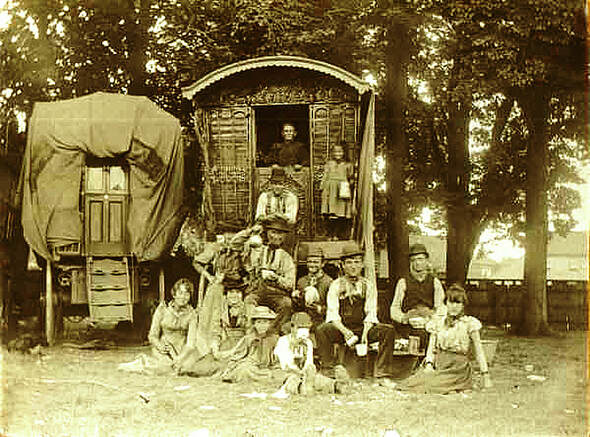
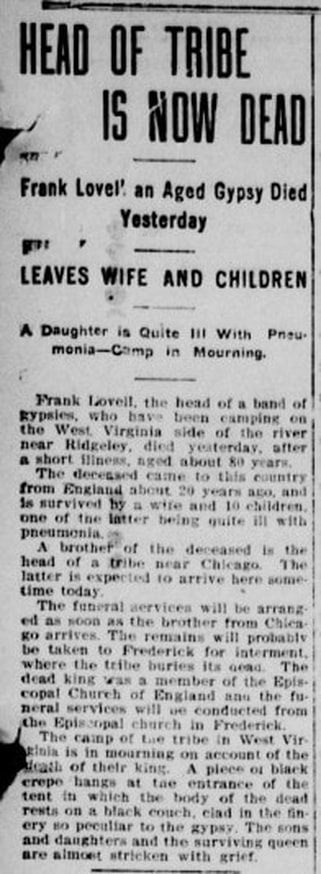
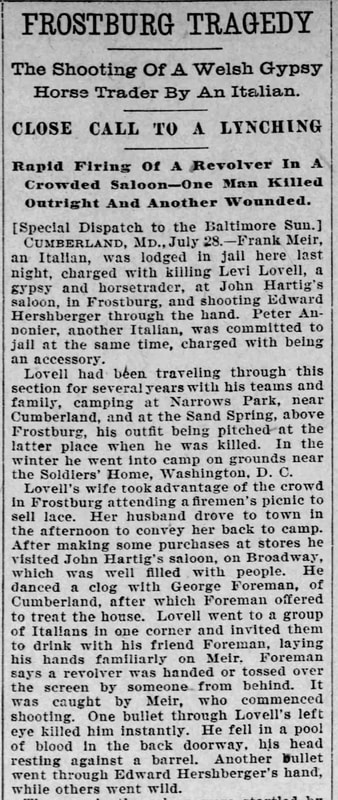

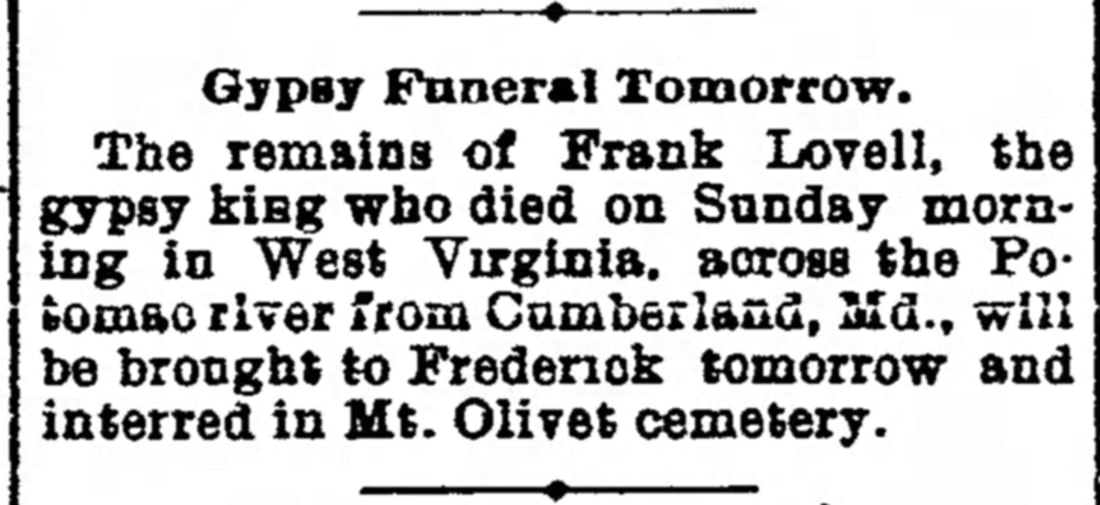
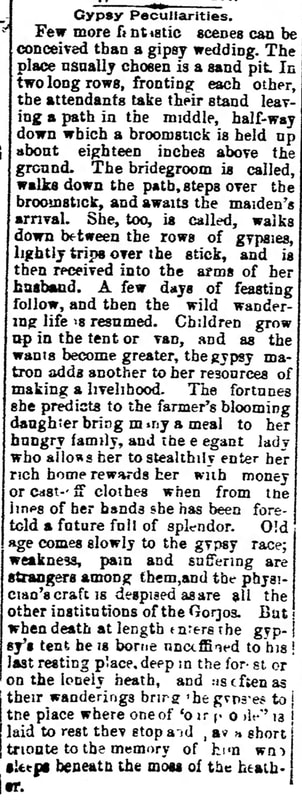
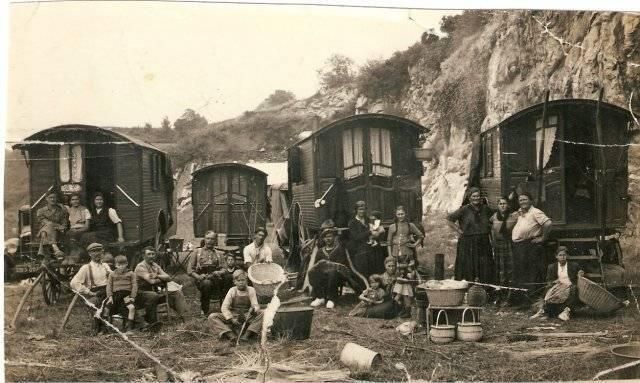
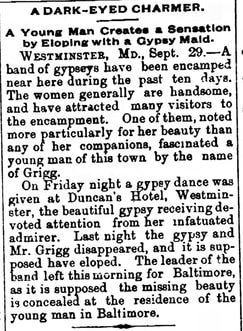
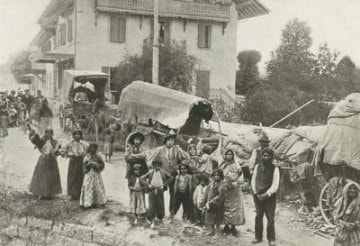

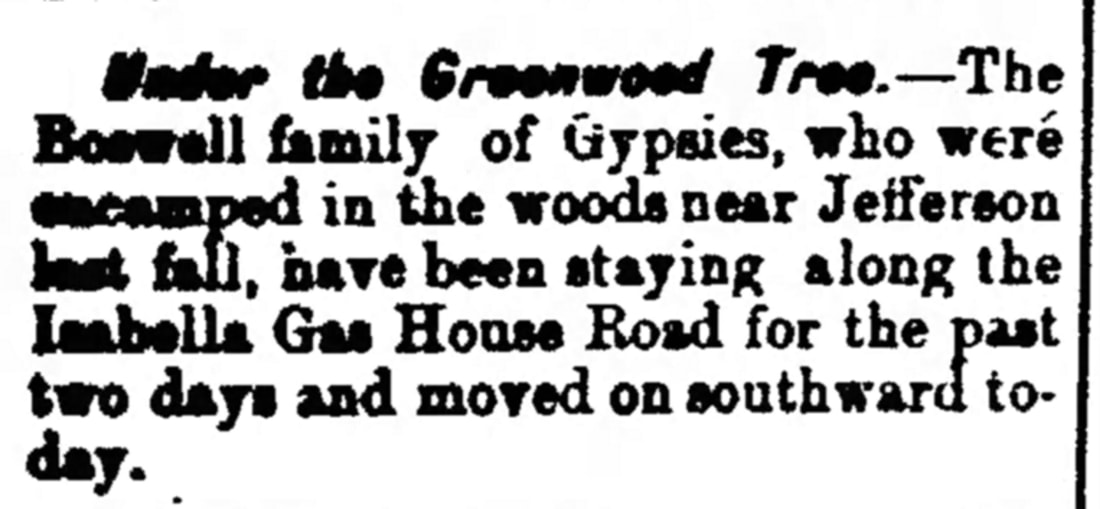

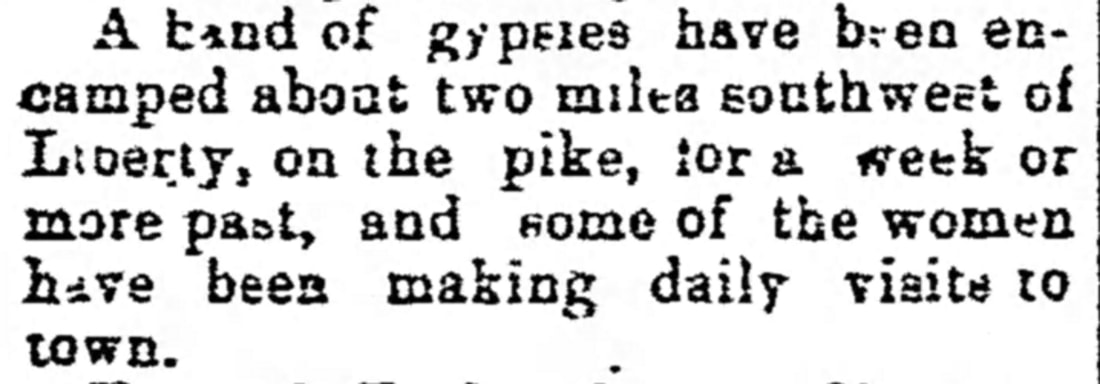

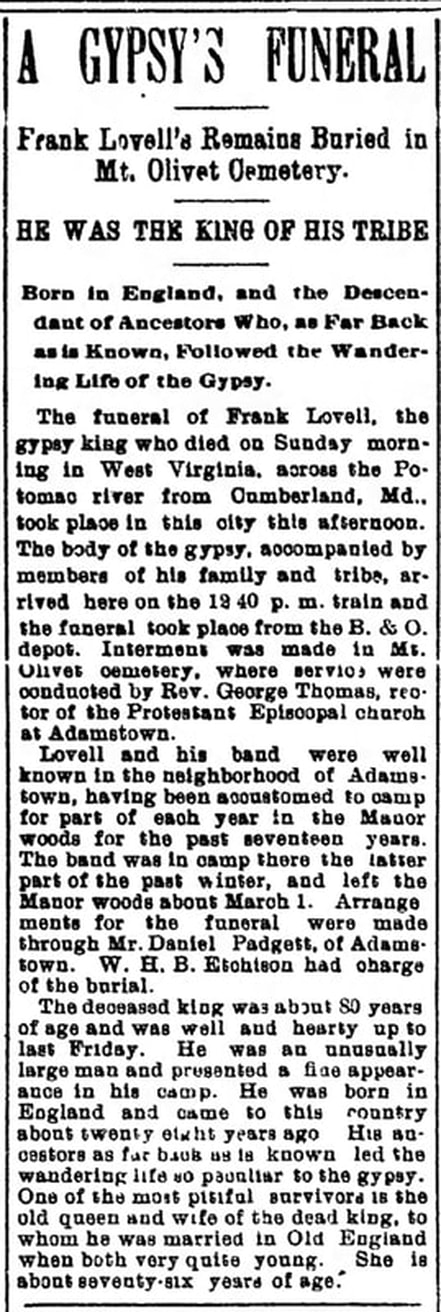
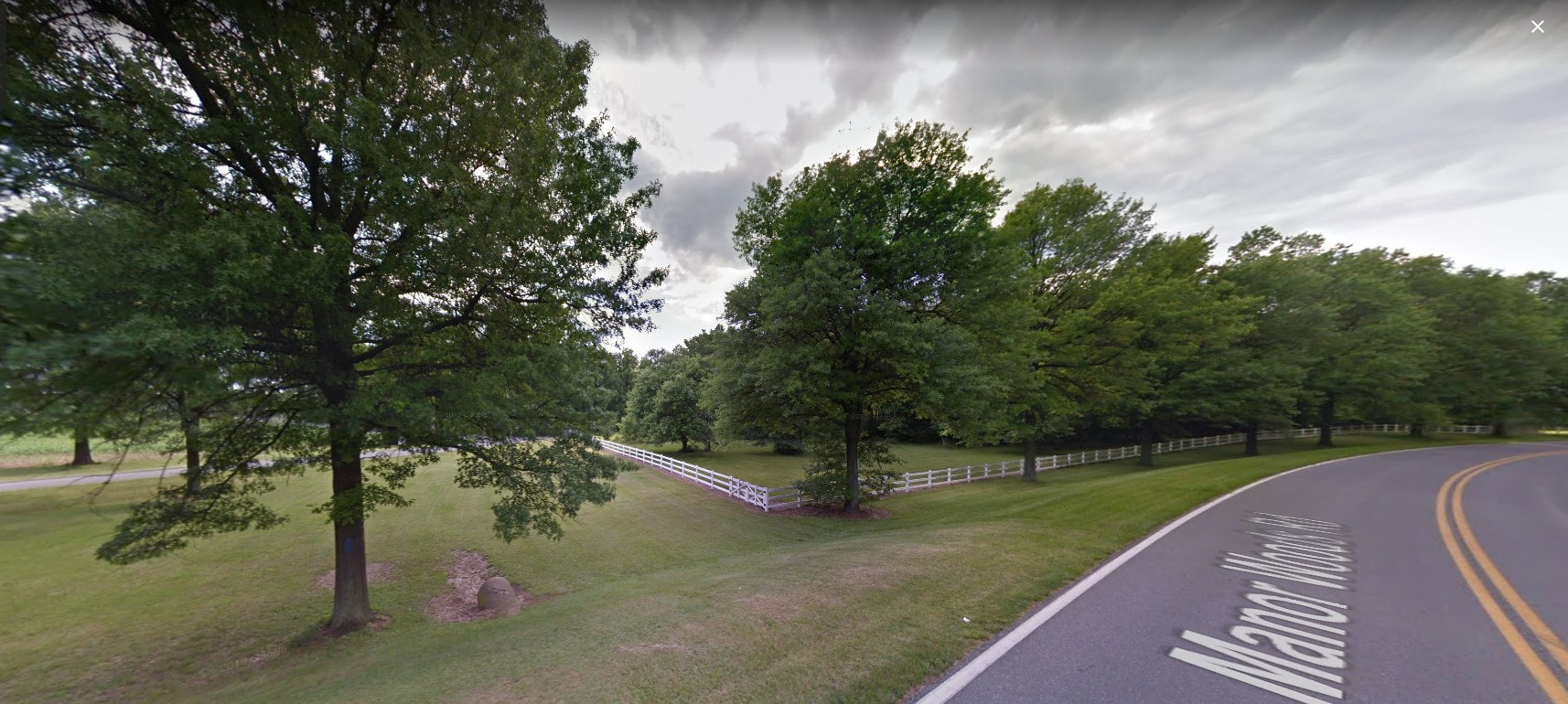
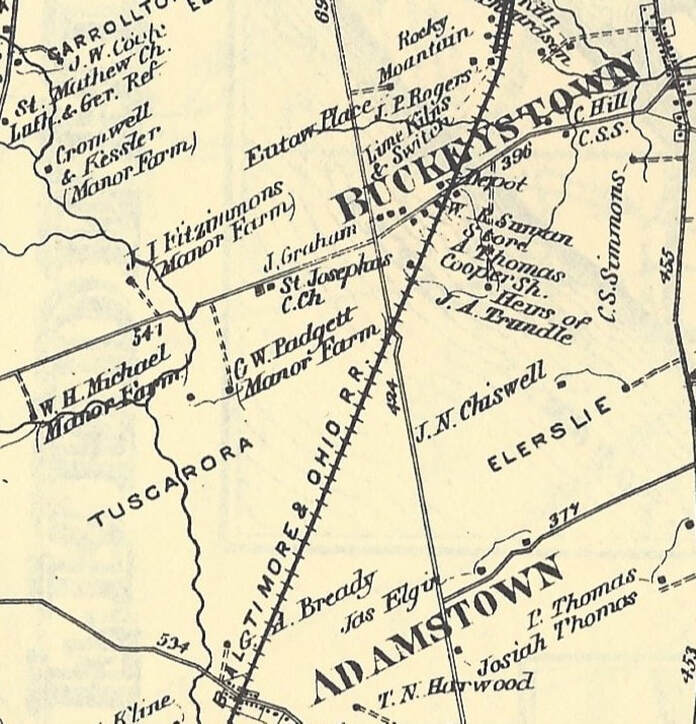

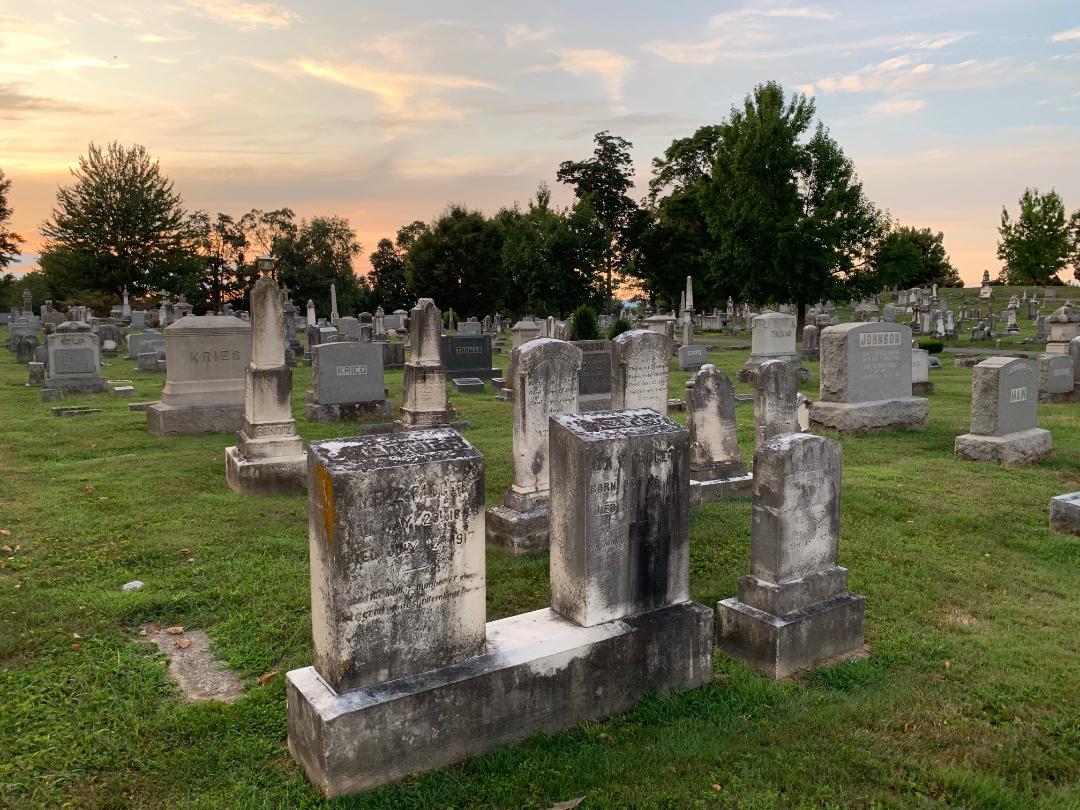
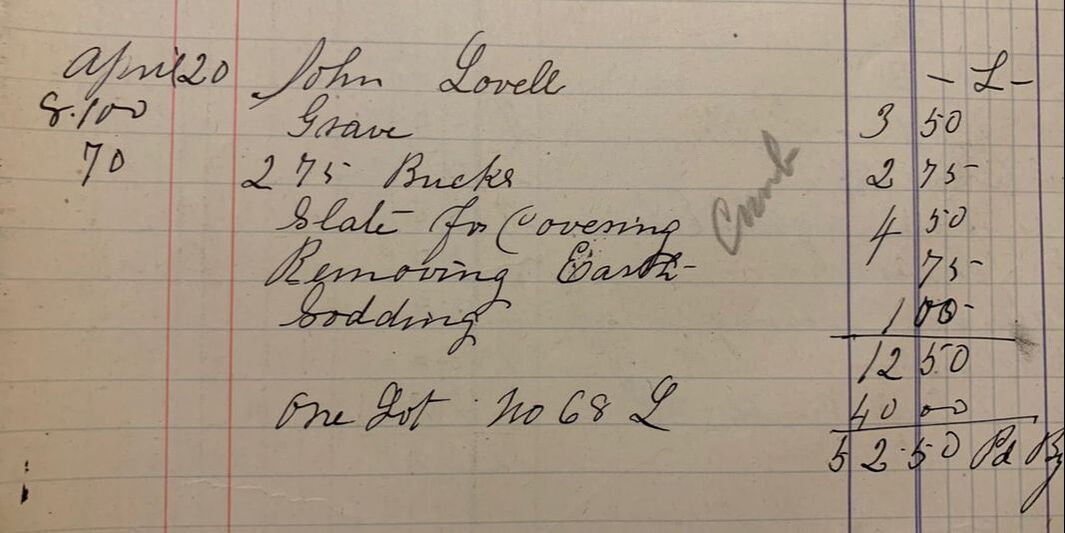

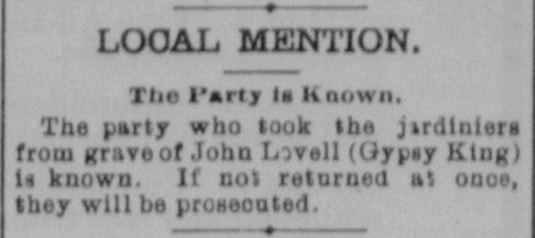
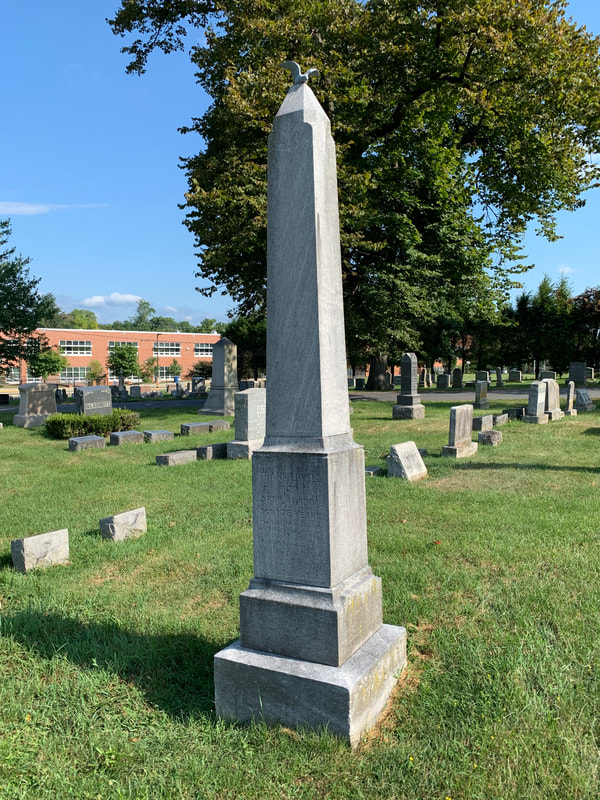
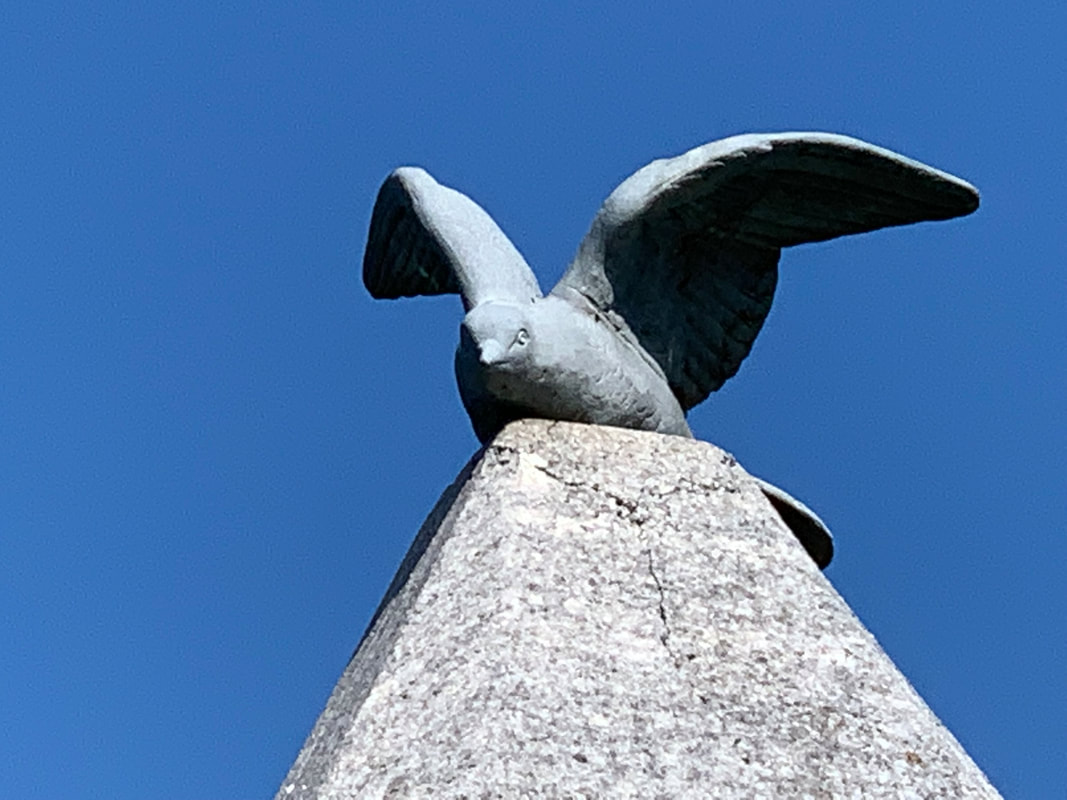

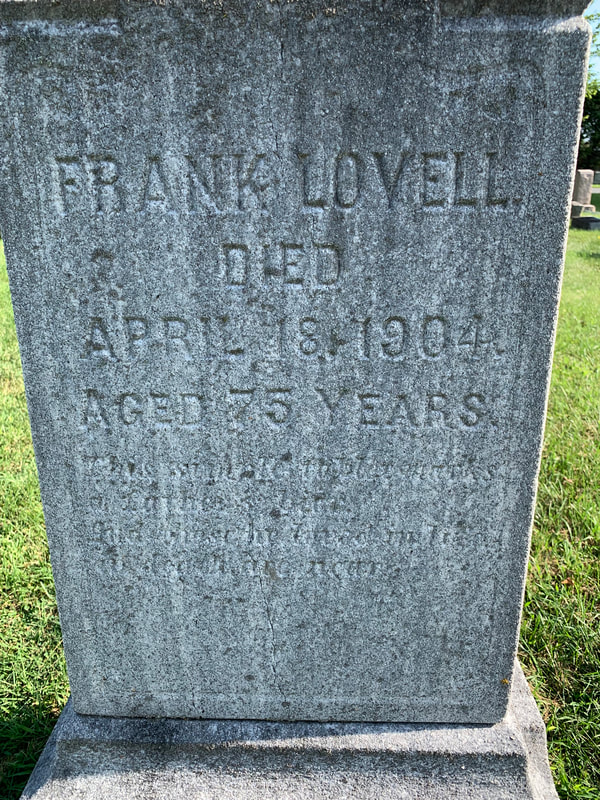
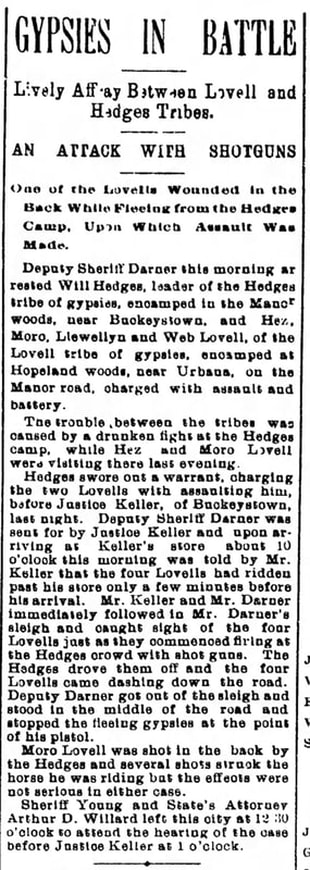
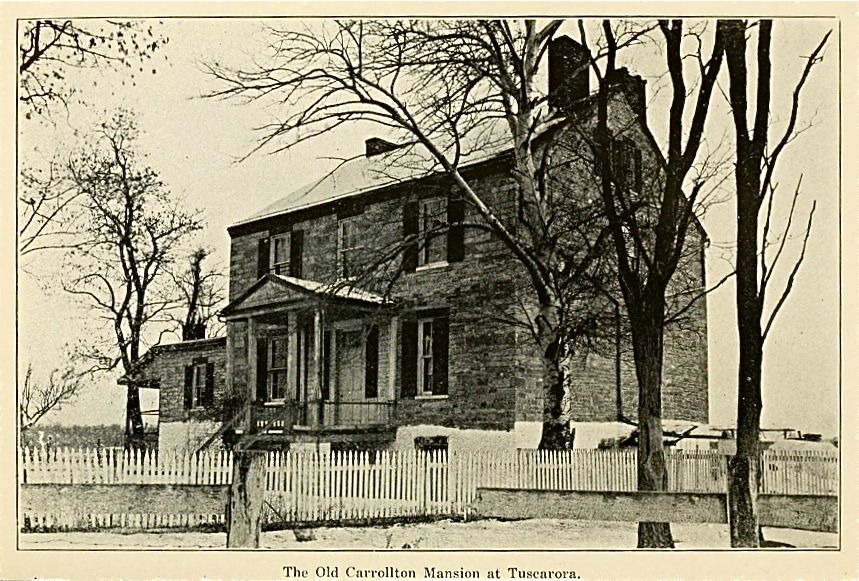
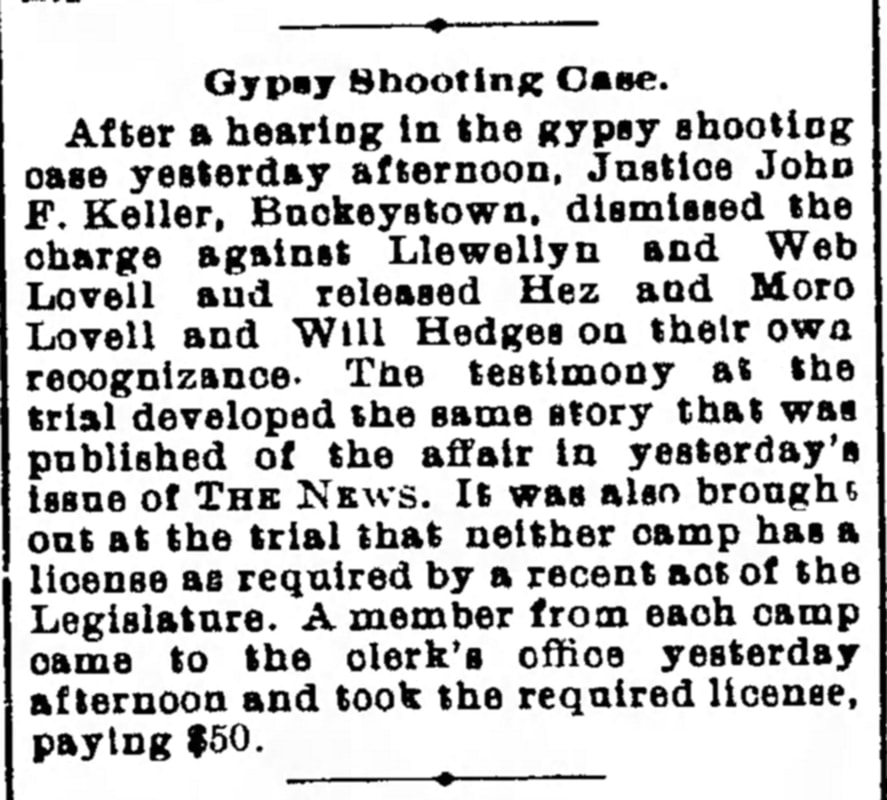
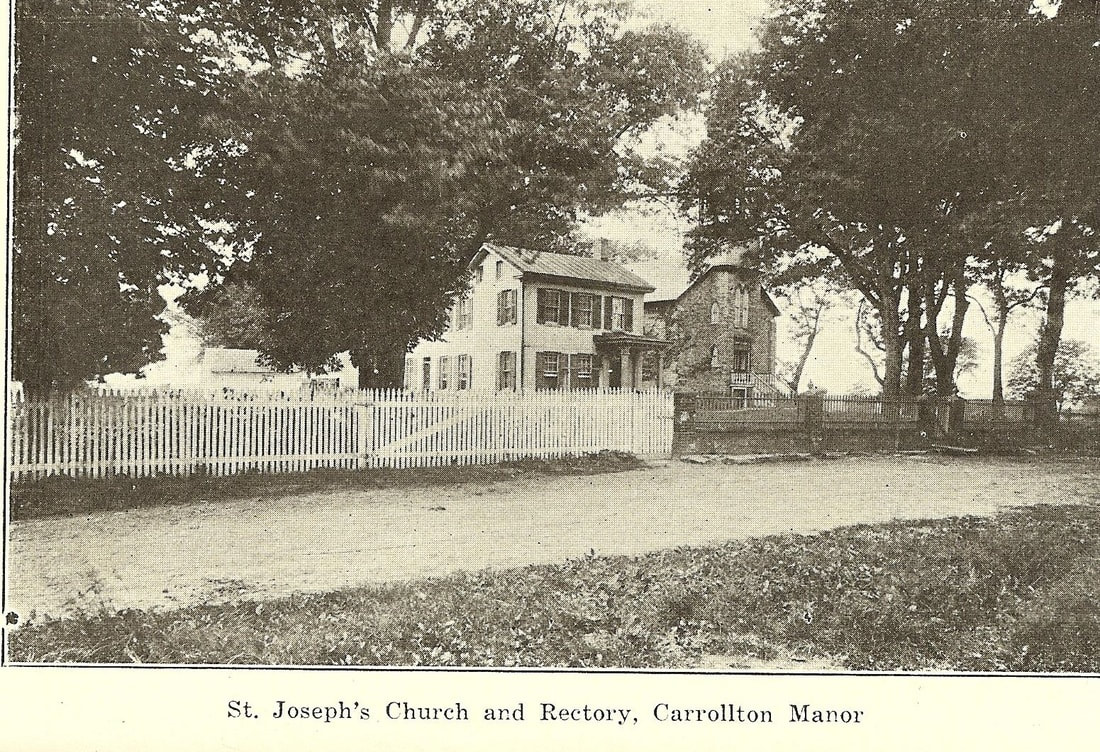
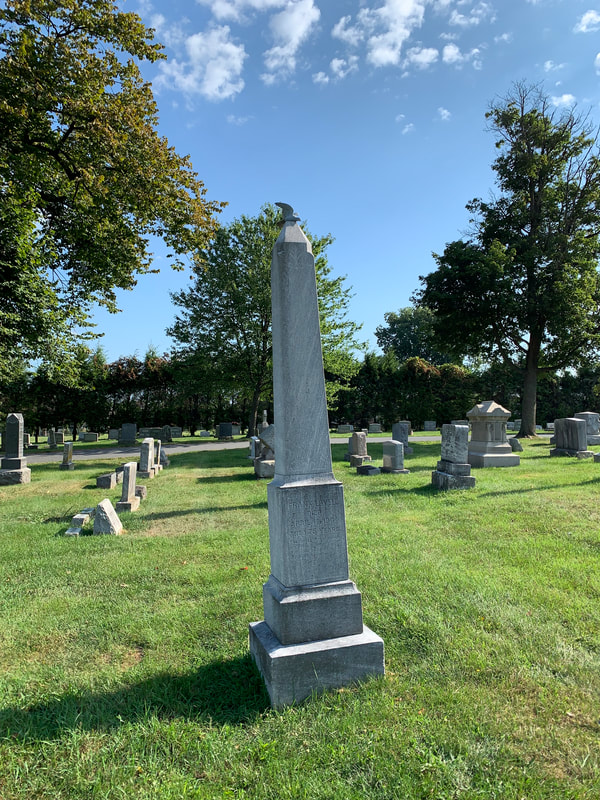
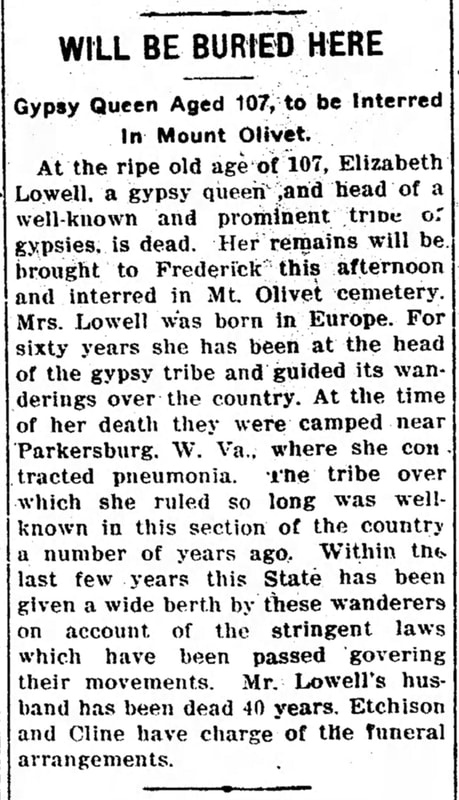
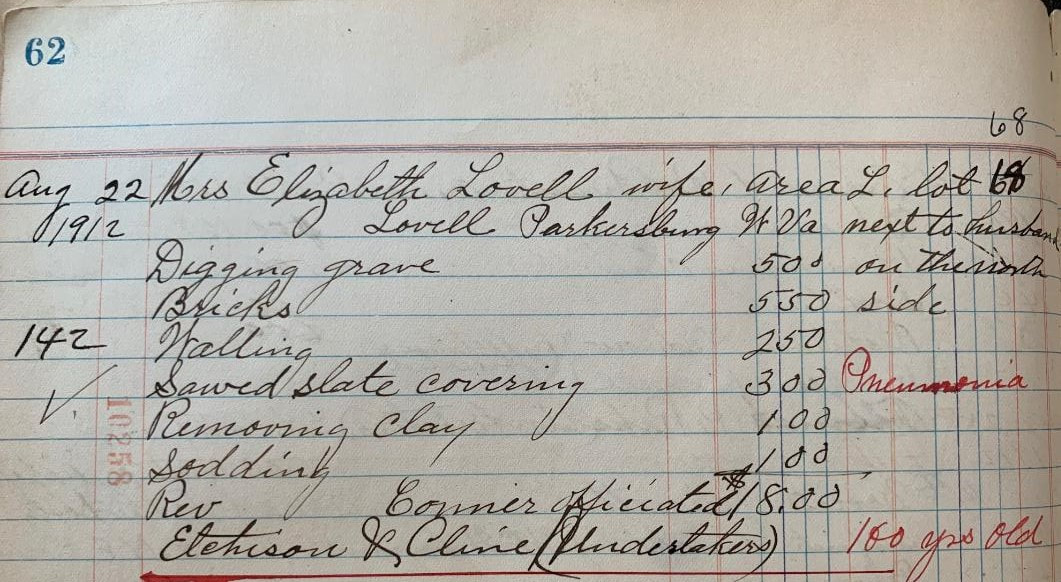
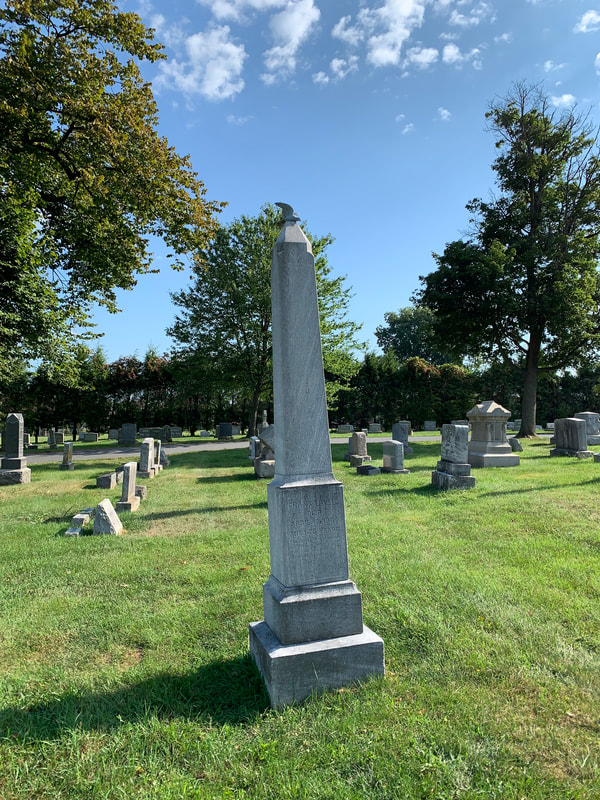
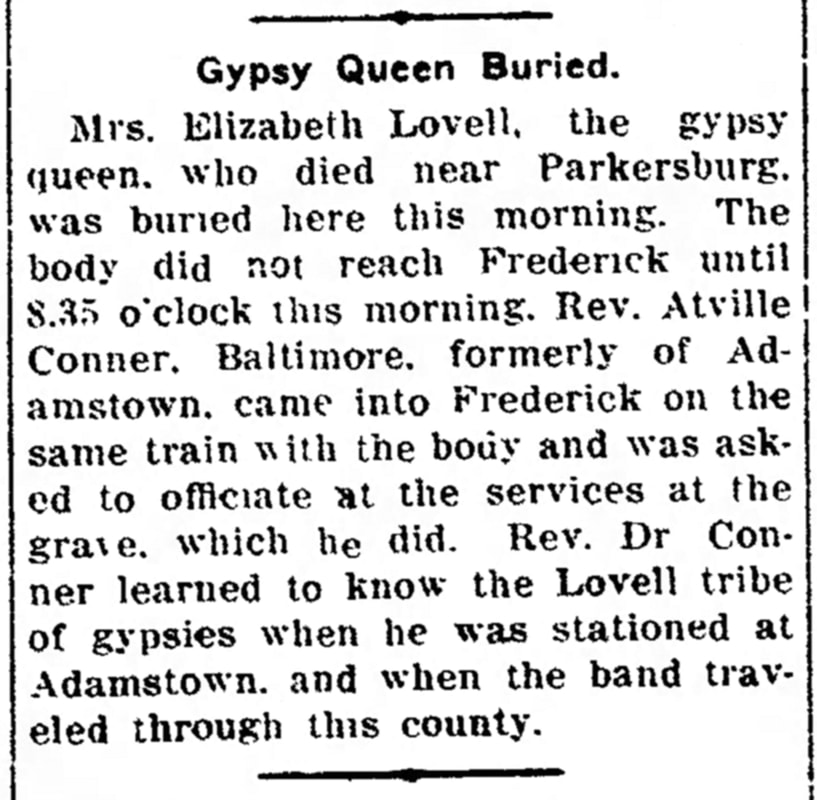

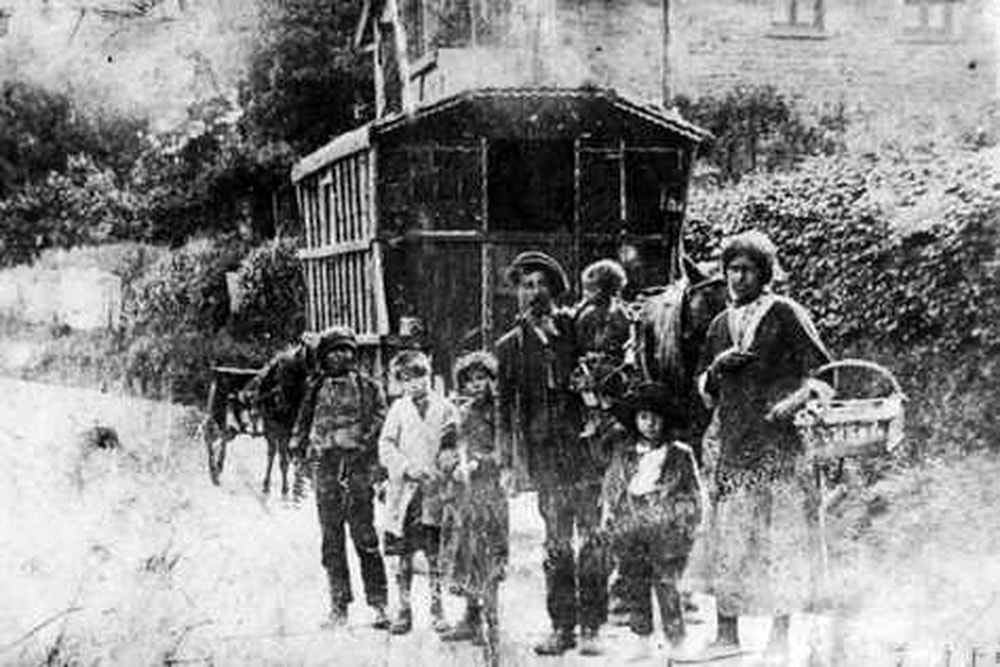
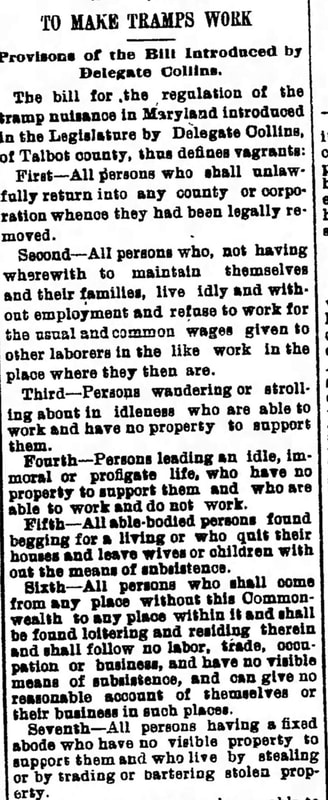
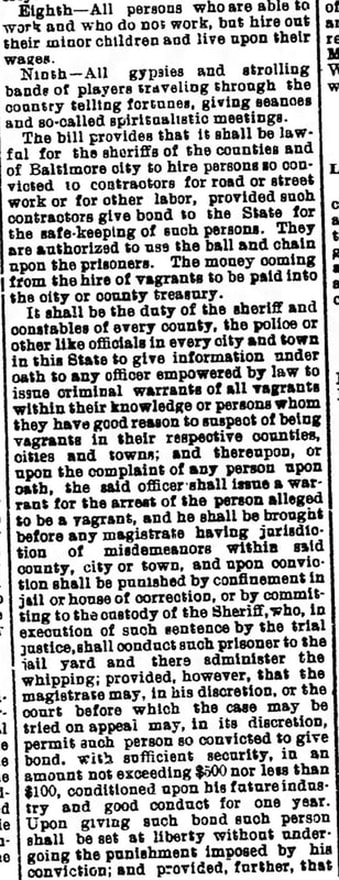
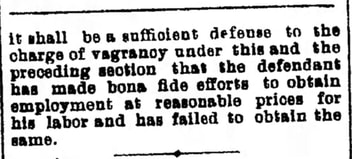
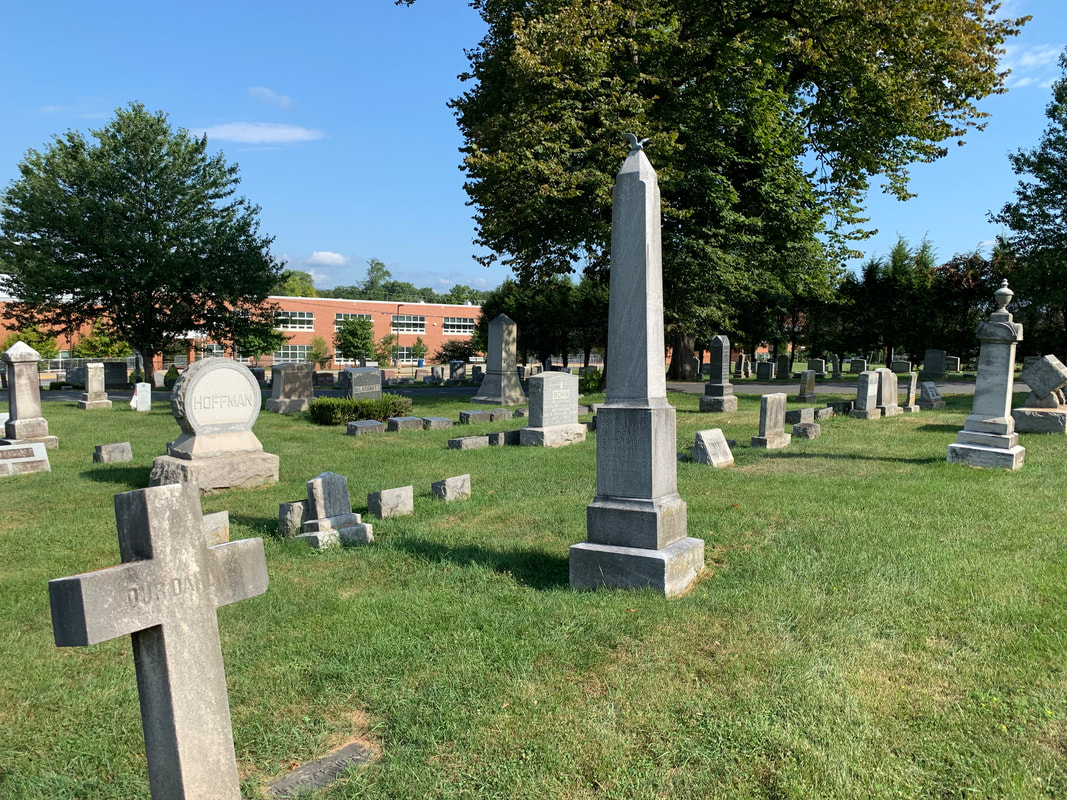
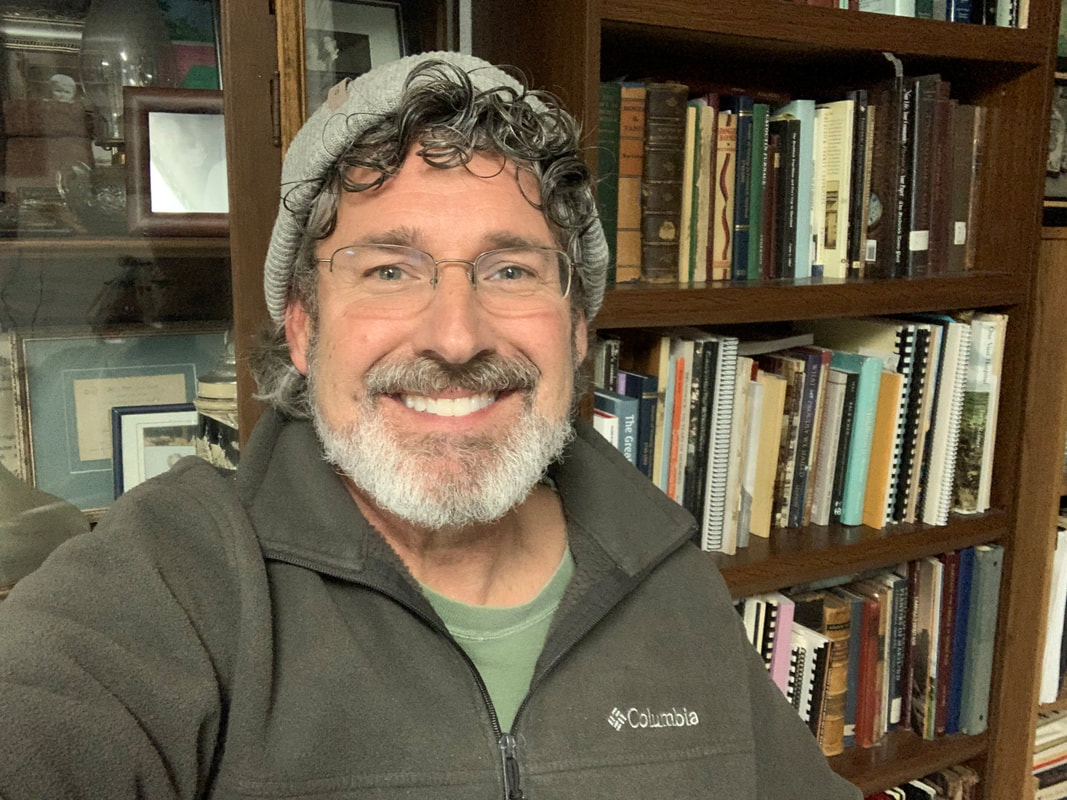
 RSS Feed
RSS Feed